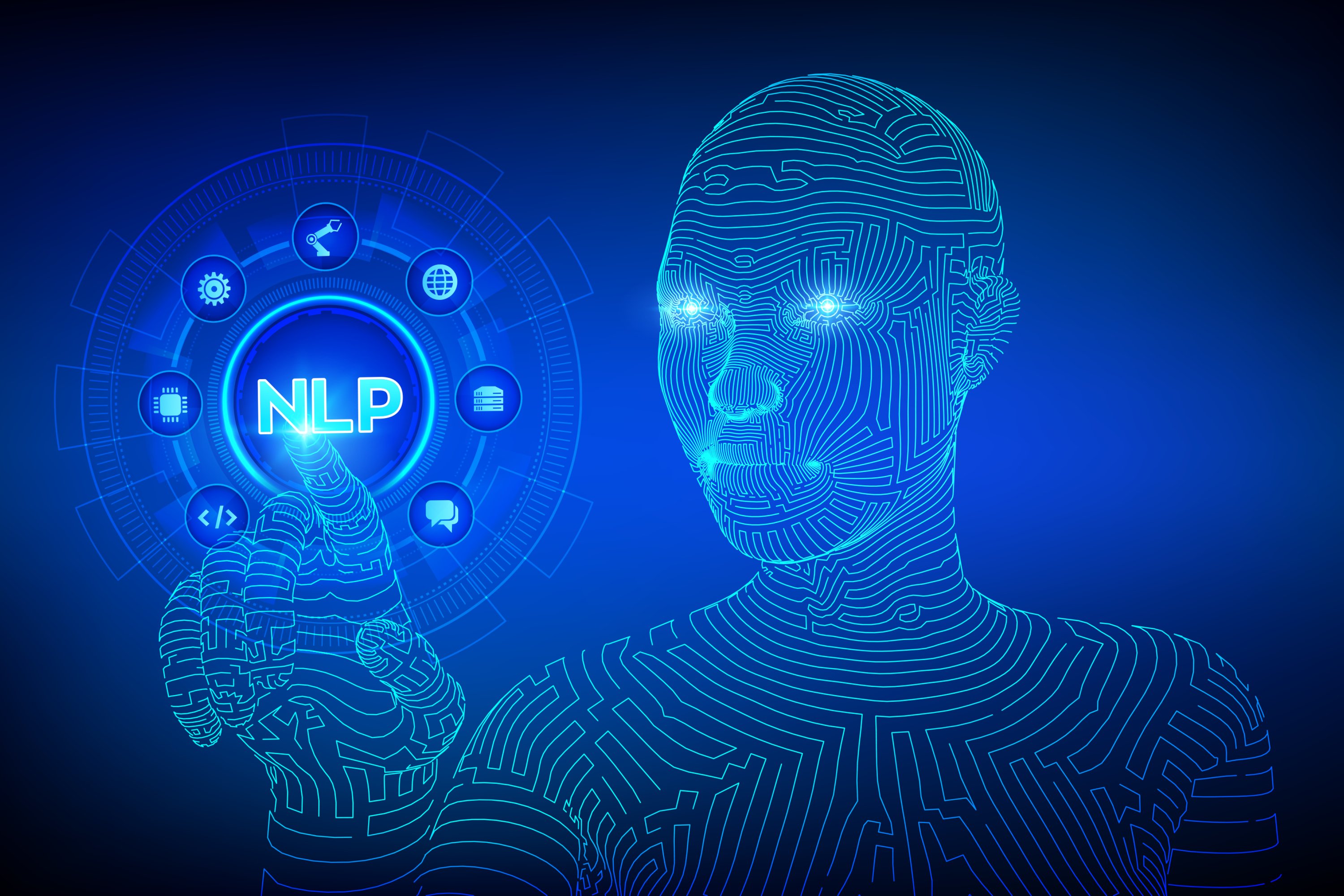 The Star Wars canon has medical droids playing a prominent role in autonomous diagnosis and treatment of injuries and illnesses. How cool would it be if even semi-autonomous systems could handle routine diagnoses and treatments, freeing doctors and caregivers to focus on more challenging cases? Well that future is a little closer to reality than some may think!
The Star Wars canon has medical droids playing a prominent role in autonomous diagnosis and treatment of injuries and illnesses. How cool would it be if even semi-autonomous systems could handle routine diagnoses and treatments, freeing doctors and caregivers to focus on more challenging cases? Well that future is a little closer to reality than some may think!
Although medical droids are still a pipe dream (for now?), artificial intelligence (AI)-powered applications are popping up in all areas of healthcare. Research on AI technologies of various medical applications has shown promising results in areas such as:
- Clinical trial design and management
- Disease diagnosis
- Drug discovery
AI algorithms can increase the accuracy of diagnosis, reducing time and money spent on unnecessary tests, surgeries, and treatments. Other applications of the technology also promise to speed recovery from disease and improve patient outcomes across the board.
Why isn’t AI use in medicine more widespread? Let’s explore recent AI medical advances in 2020:
Diagnosis
Properly trained AI algorithms are quite good at recognizing patterns when there is high variability in the data. This quality lends itself well to medical diagnosis using data such as:
- Computed tomography (CT) scans
- Electrocardiograms (EKGs)
- Magnetic-resonance imaging (MRI)
- X-ray images
…where the same disease condition may look different from one patient to the next.
Medical images and signals can contain clues that indicate the presence of disease. But sometimes these clues are subtle and difficult to detect, even by experienced medical professionals.
A well-trained AI algorithm can find subtle clues with ease, alerting doctors when they need to take a closer look. Some examples:
- A U.S. Food and Drug Administration (FDA)-approved wearable device is available for epilepsy patients. The non-intrusive monitoring device recognizes brain signals that indicate the onset of an epileptic seizure and alert relatives and caregivers.
- Glucose-monitoring devices with AI-based algorithms that can warn patients when their glucose levels are becoming too high or low are available.
- Researchers in Korea developed an AI algorithm to detect abnormal cell growth in chest radiographs. The algorithm outperformed doctors in correctly diagnosing abnormal cell growth in 17 out of 18 cases.
Drug Discovery
Traditional methods of discovering candidate chemical compounds for treating a given medical condition are little better than shots in the dark: Researchers make a guess as to which handful of the millions of potential molecules is worth pursuing. This research often leads to dead ends: drug candidates that are not effective or have unwanted side effects. Immense research effort is wasted in this manner.
AI can select the most promising candidate molecules for a given application. Researchers tell the algorithm what condition they want to treat, and the algorithm churns through a library of molecules, picking out those whose physical structures make them worthy of further investigation. AI can also identify those molecules likely to produce unpleasant side effects, so researchers can avoid spending too much time on them.
Clinical Trials
The success of a clinical trial depends in part on identifying the right patients for participation. Finding ideal candidates can be a time-consuming business, and choosing unsuitable candidates results in wasted time and effort with no useful data to show for it.
Here again, AI can speed the search, using characteristics of each member of the candidate pool to match the ideal profile desired for the study.
Why Isn’t There More Medical AI in the Market?
It’s a fair question to ask: If AI has so many demonstrable benefits for healthcare, why isn’t there more of it in mainstream medicine already? The main reason has to do with medical regulations.
In the U.S., medical devices, including software used for diagnosis and treatment, are regulated by the FDA, which so far has not provided rules or guidelines for the development and testing of AI-based devices. Similar regulatory hurdles exist in other countries as well. Without regulatory guidance, it’s difficult for companies developing AI-based solutions to know which ones will pass regulatory muster and which will not.
Another obstacle relates to how AI-based algorithms work. In many cases, the algorithm is a “black box;” it’s difficult or impossible to show step-by-step how the algorithm reached its conclusion. Even where it is possible, disclosing the details can mean divulging trade secrets that developers are keen to keep secret. (Current U.S. patent law doesn’t cover abstract algorithms, so protecting them means keeping the details under lock and key.)
A third impediment is that an AI algorithm is only as good as the data used to train it. Train it with bad or unintentionally biased data, and it’s likely to return false positives or false negatives when confronted with real patient data. At present there are no commonly accepted protocols to ensure the training data for a given algorithm is sufficient to train the algorithm to an acceptable level of accuracy.
The Next Phase of AI in Medicine
These obstacles aren’t insurmountable, but it will take time. The next few years will see an explosion of innovative uses of AI in all aspects of medicine, but regulatory approval for their use with actual patients will not be able to keep up without published guidance and established training and testing quality protocols in place.
Once they are, the sky is the limit. AI algorithms will be providing doctors and caregivers the very best diagnoses, treatments, and medicines at much lower cost than is now possible.
Star Wars-style medical droids won’t be part of the mix any time soon, but we can still greatly improve patient outcomes with appropriate use of today’s AI in healthcare.

















